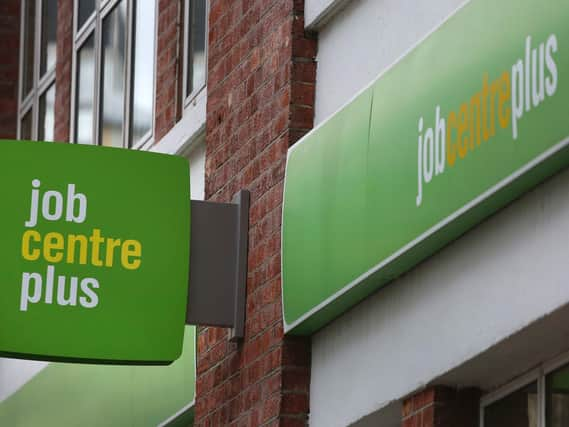The worst of the virus impact on Yorkshire jobs is yet to come, we need a plan that considers the needs of the region - Andrew McPhillips


For the economy to grow – hopefully soon – once restrictions come to an end, we need people in work, earning money to go out and spend in the shops, pubs, restaurants, theatres and countless other sections of the economy hit hard over the course of the pandemic.
Tuesday’s data measured three job market metrics: the unemployment rate, the number of jobs filled and the number of people claiming benefits. While it is not always easy to differentiate between each of these analytics, there are small but important differences in how they attempt to measure the labour market.
Advertisement
Hide AdAdvertisement
Hide AdIt is hard to draw a conclusive picture from what we’re seeing in the data, with reasons for concern as well as for optimism.


Unemployment has surged across the country compared with a year ago, based on data up to the end of November. Across England, 1.5m are now unemployed, a rate of 5.2 per cent and an increase of 368,000 people in the past year.
However, Yorkshire is still performing relatively well in comparison to the rest of the UK. In Yorkshire and the Humber, the unemployment rate stood at 5.1 per cent (139,000 people), up by 0.7 percentage points or an additional 22,000 people from a year earlier and just below that English average rate.
While the number of filled jobs fell across the whole country from September 2019 to September 2020, Yorkshire and the Humber saw by far the smallest decrease – dropping by slightly fewer than 2,000 jobs. London in comparison lost almost 200,000 jobs over the same period. The modest increase in unemployment over the past year seems surprisingly low, given the huge economic shock the region and country has gone through.
Advertisement
Hide AdAdvertisement
Hide AdWhile this is devastating for those 22,000 people who have lost their jobs, coupled with the fact there were 2,000 fewer filled jobs, the reality is that this could have been far worse.
During the fallout from the financial crisis the unemployment rate in the region hit almost 10 per cent with over a quarter of a million people out of work – and the economy was not shut down to the same extent then that it is now.
On the other hand, there have been sharp rises in the numbers of people claiming benefits and looking for work, with an increase of over 110,000 claimants in Yorkshire and the Humber alone in December compared with the year before.
I have long suspected that the extension to the furlough scheme (or its official title the Coronavirus Job Retention Scheme) is delaying the true impact of the pandemic on the labour market and that the Government should be applauded for introducing this support.
Advertisement
Hide AdAdvertisement
Hide AdWith redundancy rates still high and bad news from the high street in terms of store closures and job losses already this year, the outlook is incredibly concerning.
I fear the worst of the economic impact is still to come. I am yet to be convinced of the existence of any credible recovery plan that considers the specific needs – and strengths – of each region.
Comment Guidelines
National World encourages reader discussion on our stories. User feedback, insights and back-and-forth exchanges add a rich layer of context to reporting. Please review our Community Guidelines before commenting.